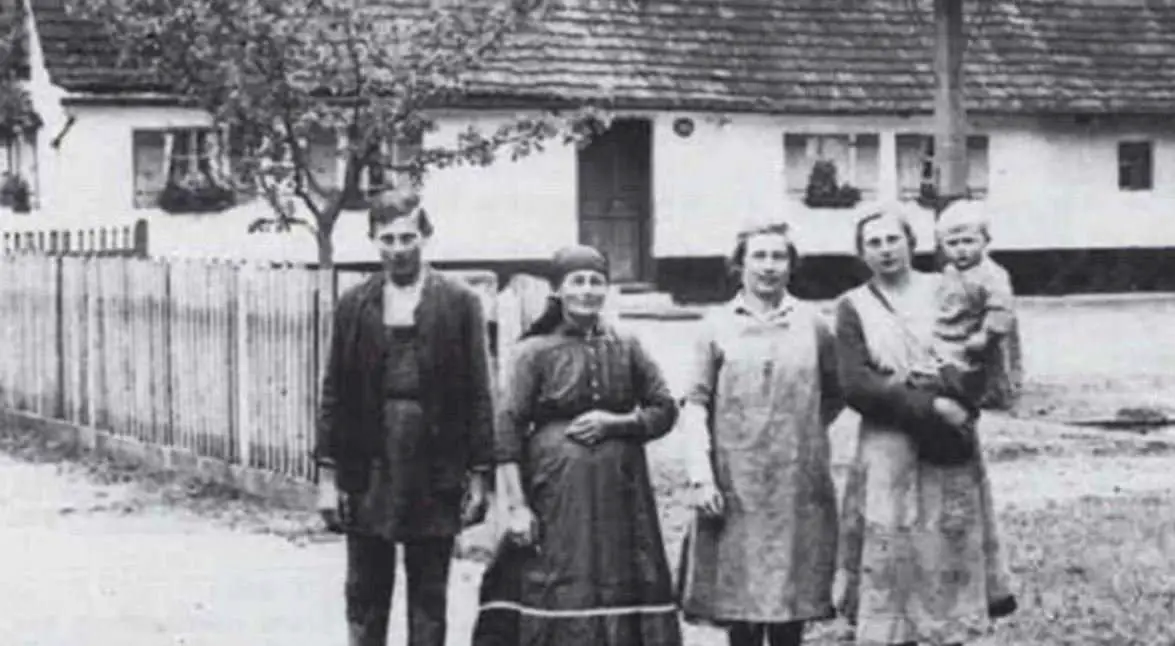Table of Contents
The Hinterkaifeck Murders, which took place on March 31st, 1922, is one of the most notorious and enigmatic crimes in German history. The crime took place at a small farmstead in the remote village of Hinterkaifeck, which was located about 70 miles north of Munich.
The farm was owned by Andreas and Cazilia Gruber, who lived there with their daughter, Viktoria, and her two children, Cazilia and Josef. A maid, Maria Baumgartner, also lived on the farm. On the night of the murders, the family members and maid were all killed with a mattock, a type of pickaxe.
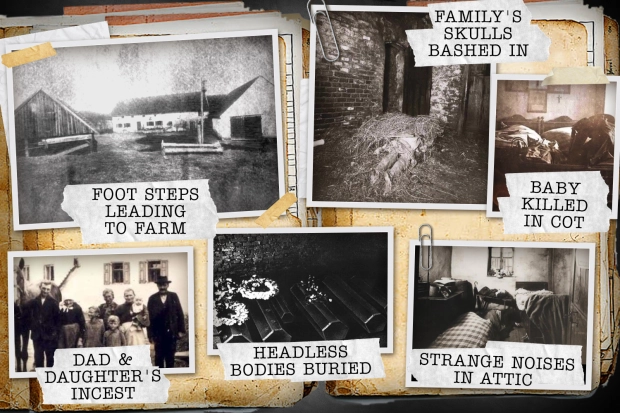
The case has remained a source of fascination and speculation over the years, with numerous theories and suspects being put forward. Despite extensive investigation and numerous leads, the case has never been solved.
The ongoing mystery surrounding the Hinterkaifeck Murders continues to capture the public’s imagination and serves as a reminder of the enduring power of unsolved mysteries and the human desire for justice and closure.
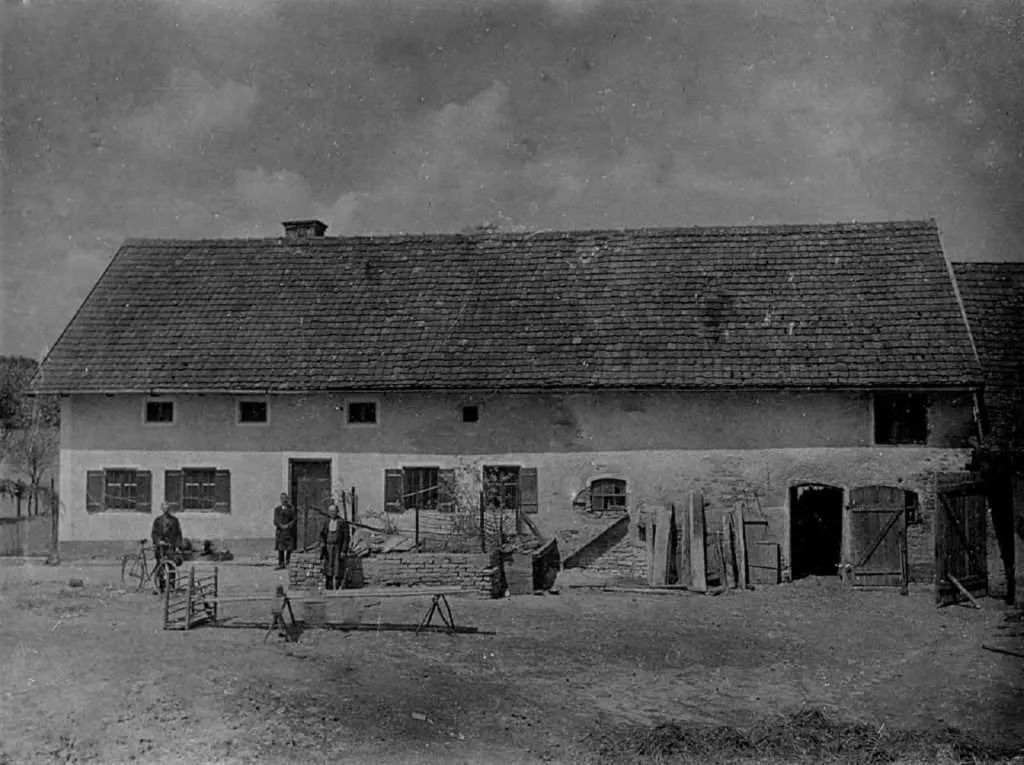
The Hinterkaifeck Murders are also significant in German history because they represent a turning point in criminal investigation techniques. The case marked the first time that forensic science was used in a criminal investigation in Germany.
The case also highlighted the challenges faced by investigators in rural areas, where the isolation and close-knit communities made it difficult to gather information and track down suspects.
The Hinterkaifeck Murders have since become a case study for criminologists and forensic experts, and continue to influence modern criminal investigation techniques.
The Crime Scene
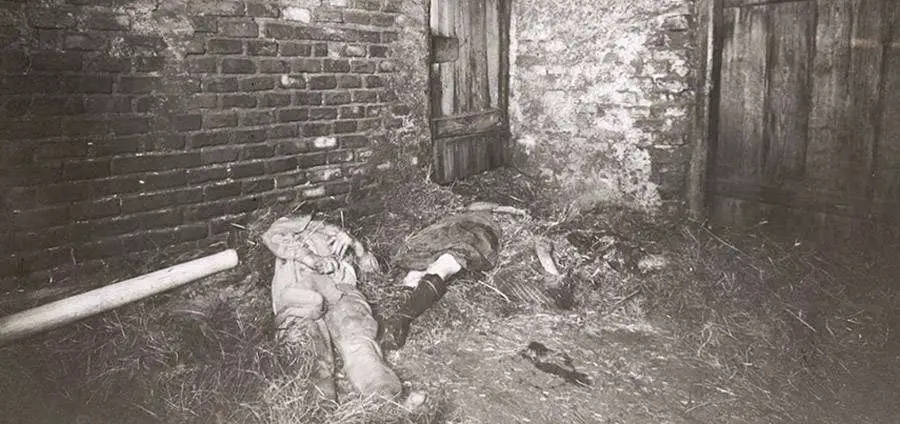
The Hinterkaifeck farmstead was located in a rural and isolated part of Bavaria, Germany. The farmstead consisted of a main house and several outbuildings, including a barn and stables.
The Gruber family, who owned the farmstead, lived in the main house along with their maid, Maria Baumgartner. The family members included Andreas Gruber, his wife Cazilia, their daughter Viktoria Gabriel, and Viktoria’s two children, Cazilia and Josef.
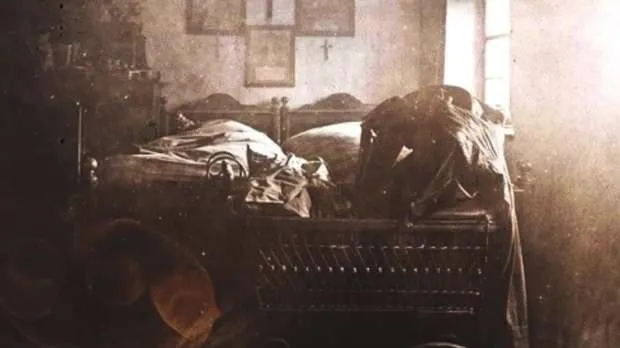
On the night of March 31st, 1922, the six inhabitants of the farmstead were brutally murdered with a mattock. The murder weapon was found at the scene of the crime. All of the victims had been struck multiple times, and their skulls had been crushed by the force of the blows.
The bodies were discovered the next day by neighbors who had become concerned after not seeing the Gruber family for several days.
The victims were Andreas Gruber, his wife Cazilia, their daughter Viktoria Gabriel, and Viktoria’s two children, Cazilia and Josef. The maid, Maria Baumgartner, was also killed. The youngest victim, Josef, was only two years old. The other victims ranged in age from 35 to 72.
The bodies were found in various locations around the farmstead. Andreas Gruber and his granddaughter, Cazilia, were found in the barn. The maid, Maria Baumgartner, was found in her bedchamber, and Viktoria Gabriel and her daughter, Cazilia, were found in their own beds. The youngest victim, Josef, was found in his cradle.
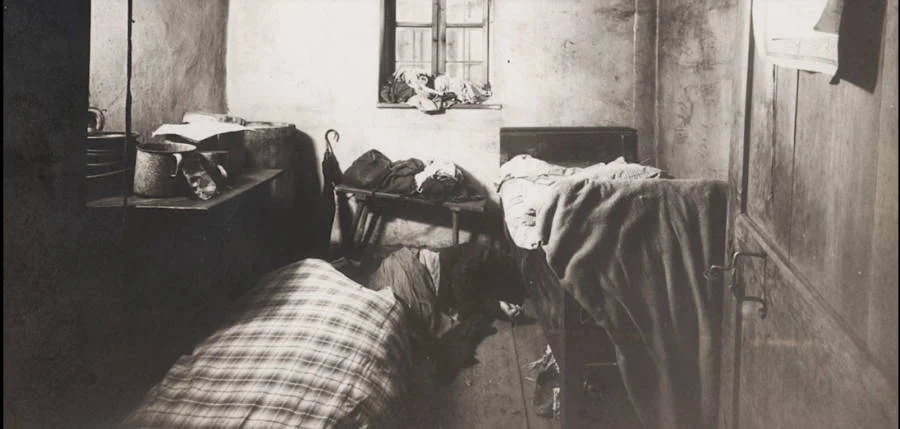
The Hinterkaifeck crime scene was notoriously difficult to investigate due to the rural location and the complex nature of the farmstead. The investigation was further complicated by the fact that the murders took place several days before the bodies were discovered, allowing for the possibility of evidence contamination.
Despite these challenges, investigators were able to gather extensive evidence from the crime scene, including the murder weapon, which was found at the scene of the crime.
The Hinterkaifeck Murders Investigation
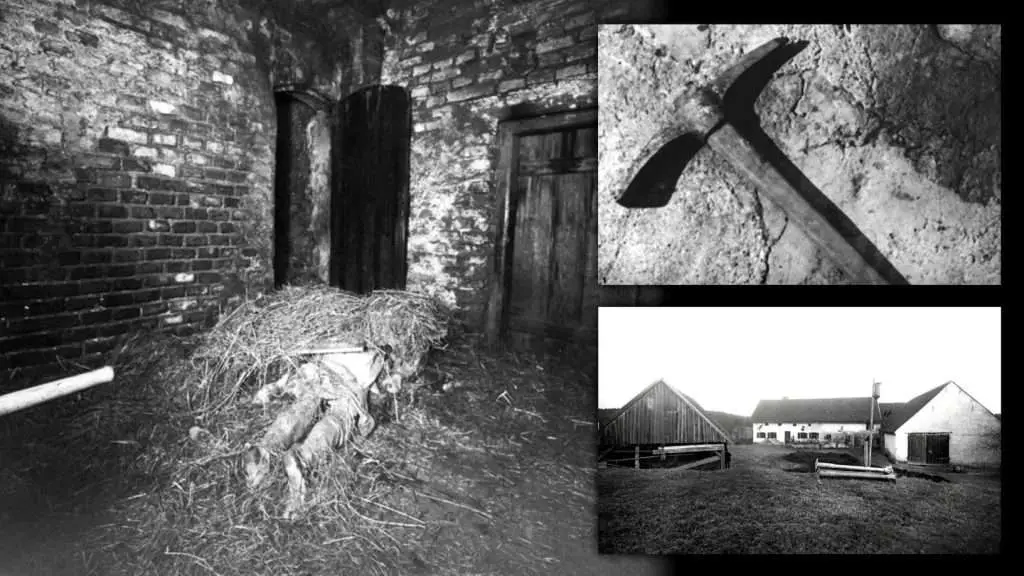
Following the discovery of the bodies, the investigation into the Hinterkaifeck Murders began. Investigators initially suspected that the murders were committed by someone who knew the family, as there were no signs of forced entry or struggle. Various theories were put forward, including a potential motive related to a dispute over inheritance or a love triangle involving Viktoria Gabriel.
The investigation faced several challenges, including the fact that the murders took place several days before the bodies were discovered, allowing for the possibility of evidence contamination. The remote location of the farmstead also made it difficult to gather information and track down potential suspects. The close-knit nature of the community further complicated the investigation, as people were reluctant to speak out against their neighbors or family members.
Despite these challenges, investigators were able to gather extensive evidence from the crime scene, including the murder weapon and footprints leading away from the farmstead. The police also conducted interviews with neighbors and family members, but were unable to find any conclusive leads.
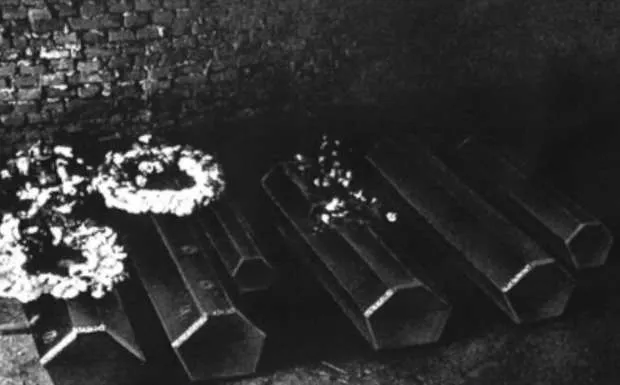
The lack of conclusive evidence and suspects in the case has led to numerous theories and speculations over the years. Some have suggested that the murders were committed by a traveling salesman who had been seen in the area around the time of the murders, while others believe that the murders were committed by a vengeful family member. Some even speculate that the murders were committed by a ghost or other supernatural entity.
Despite extensive investigations and numerous leads, the case remains unsolved to this day. However, the Hinterkaifeck Murders continue to be studied and analyzed by criminologists and forensic experts, and the case serves as a cautionary tale about the challenges and complexities of rural criminal investigations.
Theories and Speculation of The Hinterkaifeck Murders
The Hinterkaifeck Murders have inspired numerous theories and speculations over the years. While the lack of conclusive evidence has made it difficult to determine a motive or identify a suspect, several possible motives have been suggested.
One theory is that the murders were related to a dispute over inheritance. The Gruber family was known to be relatively well-off, and there may have been disagreements over who was entitled to their assets. Another theory suggests that the murders were committed by a jealous lover, potentially involving Viktoria Gabriel.
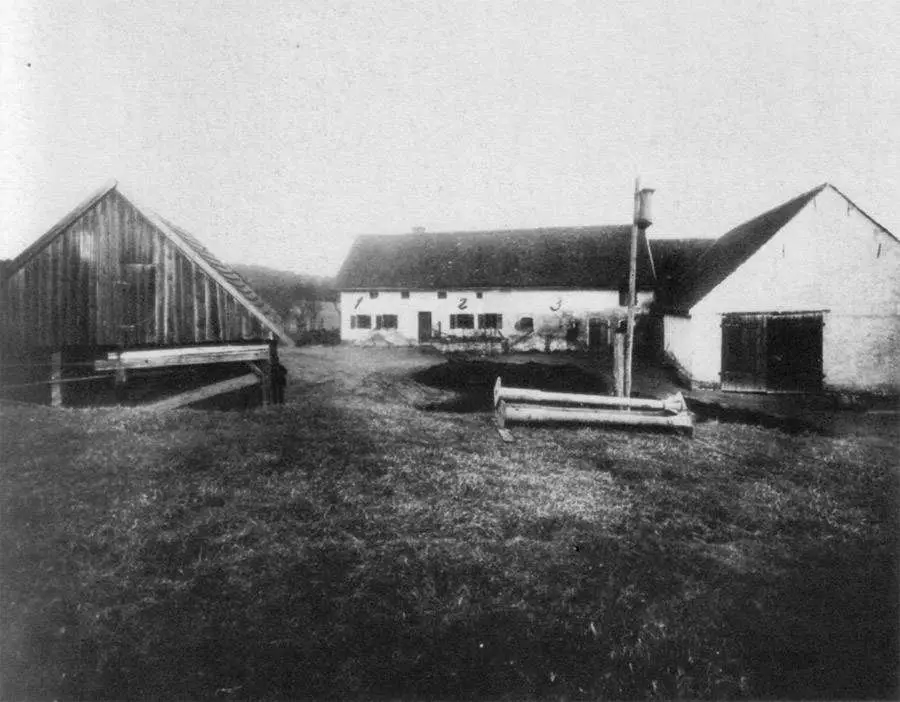
Despite these possible motives, the lack of conclusive evidence has led some to speculate about more bizarre theories, such as the involvement of a serial killer or a cult. Some have even suggested that the murders were committed by an extraterrestrial or other supernatural entity.
Controversial theories and speculations about the Hinterkaifeck Murders have sparked debate among experts and the general public alike. While some of these theories may seem far-fetched, they continue to capture the imagination of those interested in the case.
The validity of these theories is a matter of ongoing debate. While some experts dismiss them outright, others suggest that they should be considered as part of a comprehensive investigation. However, it is important to note that such theories should be evaluated based on their evidence and not solely on their potential to capture public attention.
Despite the many theories and speculations about the Hinterkaifeck Murders, the case remains unsolved. While advances in forensic science and technology may one day provide new leads or evidence, for now, the mystery surrounding this infamous crime remains unsolved.
Recent Developments
In recent years, there have been several developments in the investigation of the Hinterkaifeck Murders. Advances in forensic technology and techniques have provided new avenues for investigators to re-examine evidence and pursue leads.
One such advancement is the use of DNA analysis. In 2007, DNA samples were taken from the crime scene and compared to known DNA samples from potential suspects.
However, the samples were degraded and no conclusive matches were found. In 2016, a new analysis of the DNA samples was conducted using advanced techniques, but once again, no conclusive matches were found.
In addition to DNA analysis, investigators have also revisited interviews and witness statements from the time of the murders. Some experts believe that previous investigators may have overlooked important details or failed to connect crucial pieces of evidence.
In 2017, a team of investigators used ground-penetrating radar to search the area around the Hinterkaifeck farmstead. The radar detected several anomalies in the soil, but it is unclear whether these findings are related to the murders.
Despite these recent developments, the case remains unsolved. However, the use of new technologies and techniques may provide a fresh perspective on the evidence and help to identify new leads in the investigation.
The Hinterkaifeck Murders continue to fascinate and intrigue people around the world, and the case serves as a reminder of the complexities and challenges involved in solving rural crimes.
While it may never be possible to definitively solve the mystery of who committed the murders, ongoing efforts to re-examine evidence and pursue new leads demonstrate a commitment to justice and a desire to uncover the truth.
Additional Information
The Hinterkaifeck Murders have captured the public imagination for nearly a century, and the case has had a significant impact on German culture and media.
The Gruber family, who were the victims of the crime, were farmers who lived in the small town of Hinterkaifeck in Bavaria, Germany. The family consisted of Andreas Gruber, his wife Cäzilia, their daughter Viktoria Gabriel, Viktoria’s two children, and a maid named Maria Baumgartner. The murders took place on the family’s farmstead in March of 1922, and the case remains unsolved to this day.
The Hinterkaifeck Murders received extensive media coverage in the aftermath of the crime, and the case has been the subject of numerous books, films, and other cultural works. The mystery surrounding the case has inspired many theories and speculations, and the gruesome nature of the murders has made it a subject of fascination for true crime enthusiasts around the world.
Here: Learn about Hinter Kaifeck Movie (2009)
Despite the attention and interest surrounding the case, some experts have criticized the investigation for potential missteps and shortcomings. For example, investigators at the time failed to secure the crime scene or properly document evidence, which may have compromised the ability to identify suspects or determine a motive.
In recent years, efforts to re-examine evidence and use new technologies have provided a fresh perspective on the case. However, the Hinterkaifeck Murders remain one of Germany’s most infamous unsolved crimes, and the mystery surrounding the case is likely to continue to captivate and intrigue people for years to come.
Conclusion
The Hinterkaifeck Murders continue to fascinate and intrigue people around the world, and the desire for closure and justice remains strong nearly a century after the crime occurred.
The enduring mystery of the case speaks to the power of unsolved mysteries in human history. Throughout time, unsolved crimes and mysteries have captured the public imagination, inspiring speculation, conspiracy theories, and a desire to uncover the truth. In many cases, these mysteries remain unsolved for years, if not centuries, leaving behind a legacy of fascination and intrigue.
The Hinterkaifeck Murders are a reminder of the complexities and challenges involved in solving crimes, particularly those that occur in rural areas or involve multiple victims. Despite the passage of time and the lack of conclusive evidence, efforts to re-examine the case using new technologies and techniques demonstrate a continued commitment to finding answers and uncovering the truth.
As the investigation into the Hinterkaifeck Murders continues, the case remains a powerful example of the enduring fascination with unsolved mysteries and the human desire for closure and justice.

